My Okra Is Rotting: What Causes Okra Blossom Blight
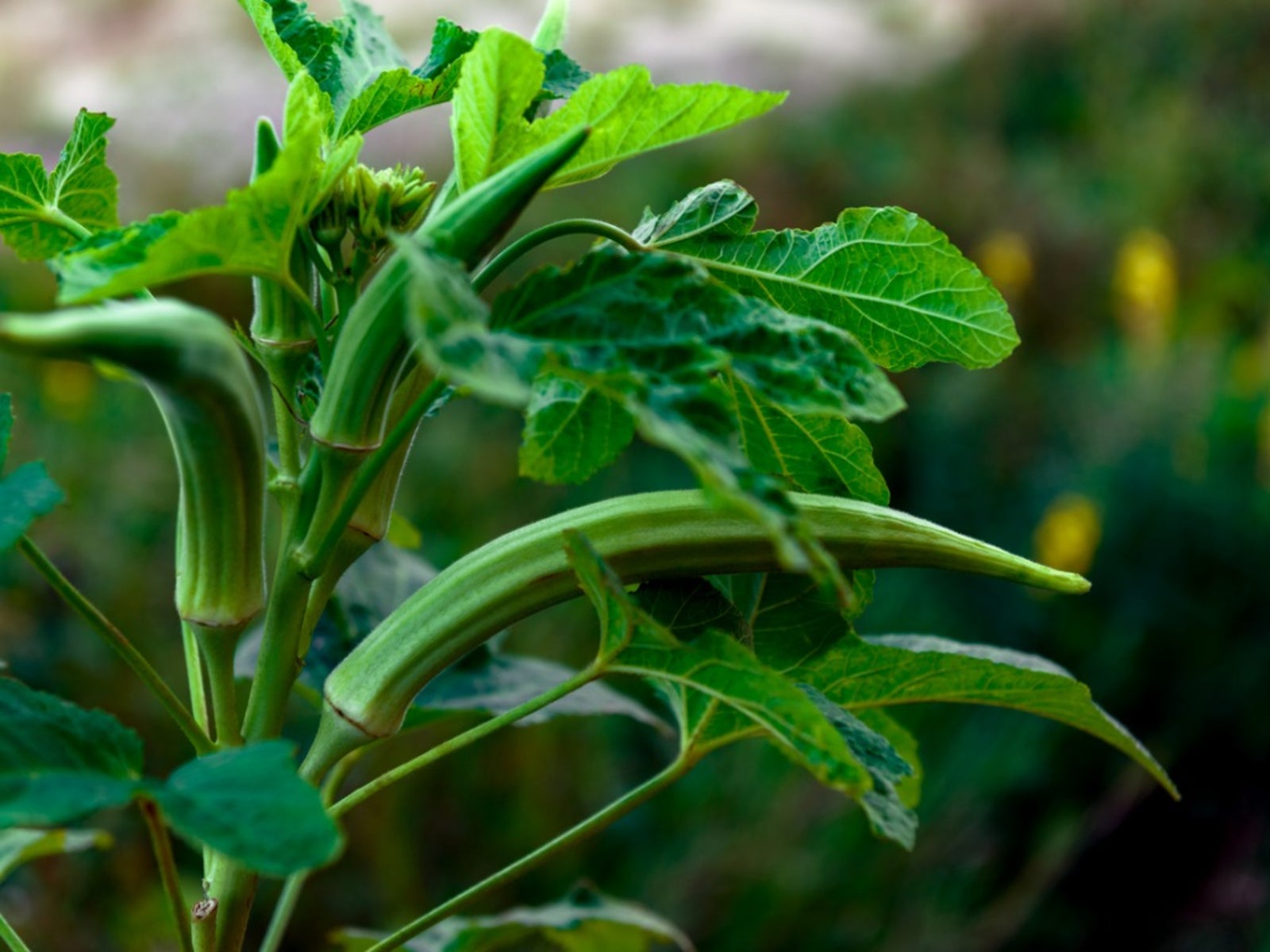
“Help! My okra is rotting!” This is often heard in the American south during periods of hot summer weather. Okra flowers and fruits turn soft on the plants and develop a fuzzy appearance. This usually means that they’ve been infected with fungal okra blossom and fruit blight. Okra blossom and fruit blight strikes whenever there is enough heat and moisture to support the growth of the fungus. It is especially difficult to prevent this disease during warm, wet periods when the temperature reaches 80 degrees F. (27 C.) or so.
Okra Blight Information
So, what causes okra blossom blight? The disease organism is known as Choanephora cucurbitarum. This fungus thrives when warmth and moisture are available. Though it is present throughout most of the world, it is most prevalent, and most troublesome, in warm and humid regions, such as the Carolinas, Mississippi, Louisiana, Florida, and other parts of the American south. The same fungus affects other vegetable plants including eggplants, green beans, watermelons, and summer squash, and is common on these plants in the same geographic regions. The appearance of fruits and flowers infected with Choanephora cucurbitarum is quite distinctive. At first, the fungus invades the blossom or the blossom end of young fruit of okra and causes them to soften. Then, a fuzzy growth that looks like some bread molds develops over the blossoms and the blossom end of the fruits. White or whitish gray strands with black spores on the ends appear, each looking like a black-tipped pin stuck into the fruit. The fruit soften and turn brown, and they may elongate beyond their normal size. Eventually, the whole fruit may be densely covered in mold. Fruits that are located at the bottom of the plant are more likely to get infected.
Control of Okra Blossom and Fruit Blight
Since the fungus thrives on high humidity, increasing air flow in the garden by spacing plants farther apart or by planting on raised beds can help with prevention. Water from underneath the plant to avoid getting the leaves wet, and water in the early morning to encourage evaporation during the day. Choanephora cucurbitarum overwinters in the soil, especially if debris from infected plants is left on the ground. Therefore, it is important to remove any infected blossoms and fruits and to clean out the beds at the end of the season. Planting over plastic mulch can help prevent spores in the soil from finding their way onto the okra blossoms and fruits.
Gardening tips, videos, info and more delivered right to your inbox!
Sign up for the Gardening Know How newsletter today and receive a free copy of our e-book "How to Grow Delicious Tomatoes".
Ilana Goldowitz Jimenez is a scientific and agricultural writer with a B.S. in Plant Sciences from Cornell University and a PhD in Chemical Biology and Infectious Disease from Harvard University.
-
 Looking For Plants To Give You The Soft And Fuzzies? Try These 5 Fuzzy Leaf Plant Options
Looking For Plants To Give You The Soft And Fuzzies? Try These 5 Fuzzy Leaf Plant OptionsLovers of texture, drama, silver foliage and tactile plants will adore these special sensory garden additions. These fuzzy leaf plant options will leave you all aglow
By Susan Albert
-
 Get Ready For A Summer Of Hummers! Grow These Full Sun Hummingbird Plants and Flowers
Get Ready For A Summer Of Hummers! Grow These Full Sun Hummingbird Plants and FlowersIf you’re lucky enough to enjoy a sunny backyard, make sure you are maxing out on your pollinator opportunities and grow these full sun hummingbird plants and flowers
By Tonya Barnett
-
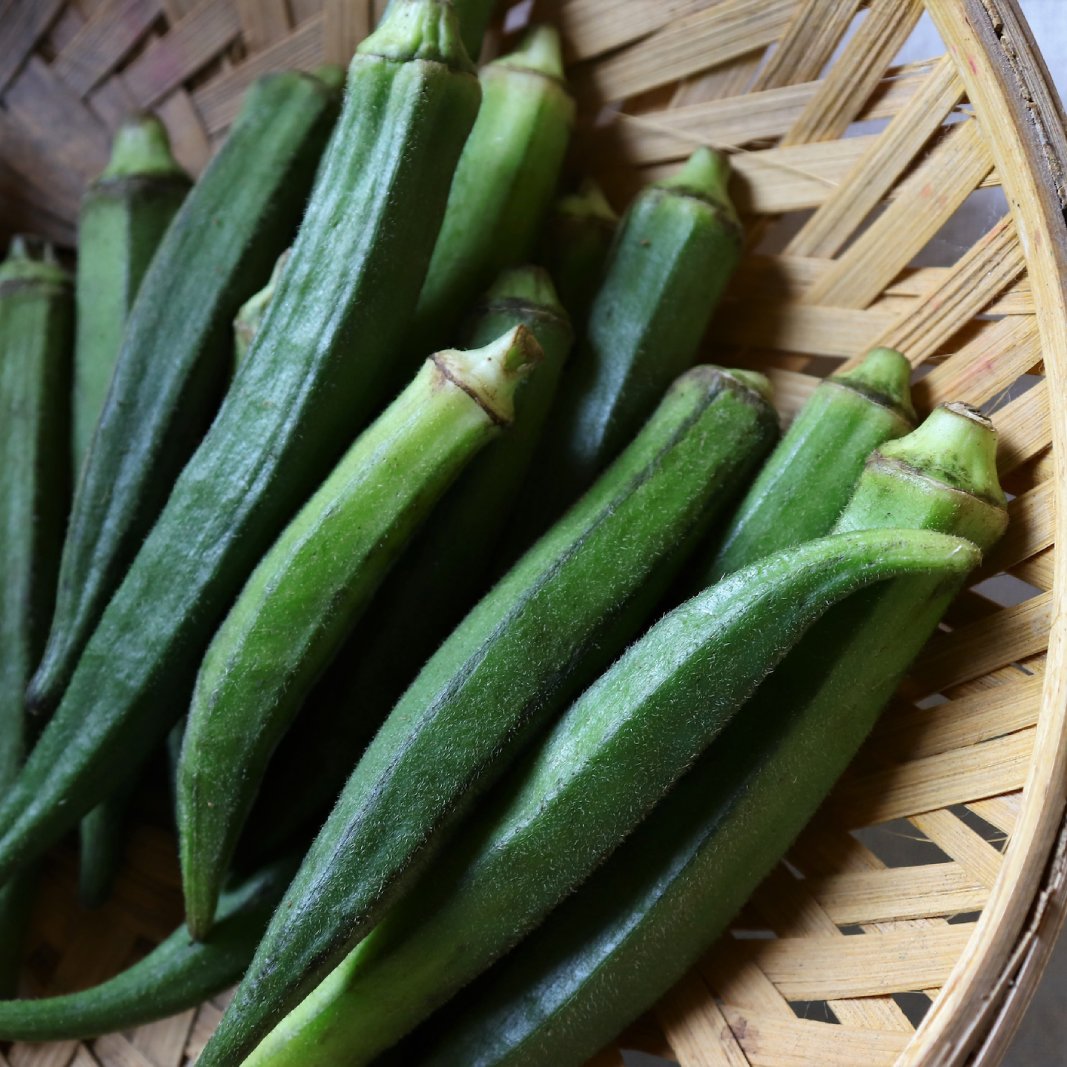 How To Store Okra After Picking
How To Store Okra After PickingLearn how to store fresh okra for up to a year by canning or freezing the harvest. For short-term storage it can go in the refrigerator for two or three days.
By Susan Albert
-
 Edible Okra Leaves – Can You Eat The Leaves Of Okra
Edible Okra Leaves – Can You Eat The Leaves Of OkraMany northerners may not have tried it, but okra is quintessentially southern and linked to the cuisine of the region. Even so, many southerners typically just use the okra pods in their dishes, but what about eating the okra leaves? Can you eat the leaves of okra? Find out here.
By Amy Grant
-
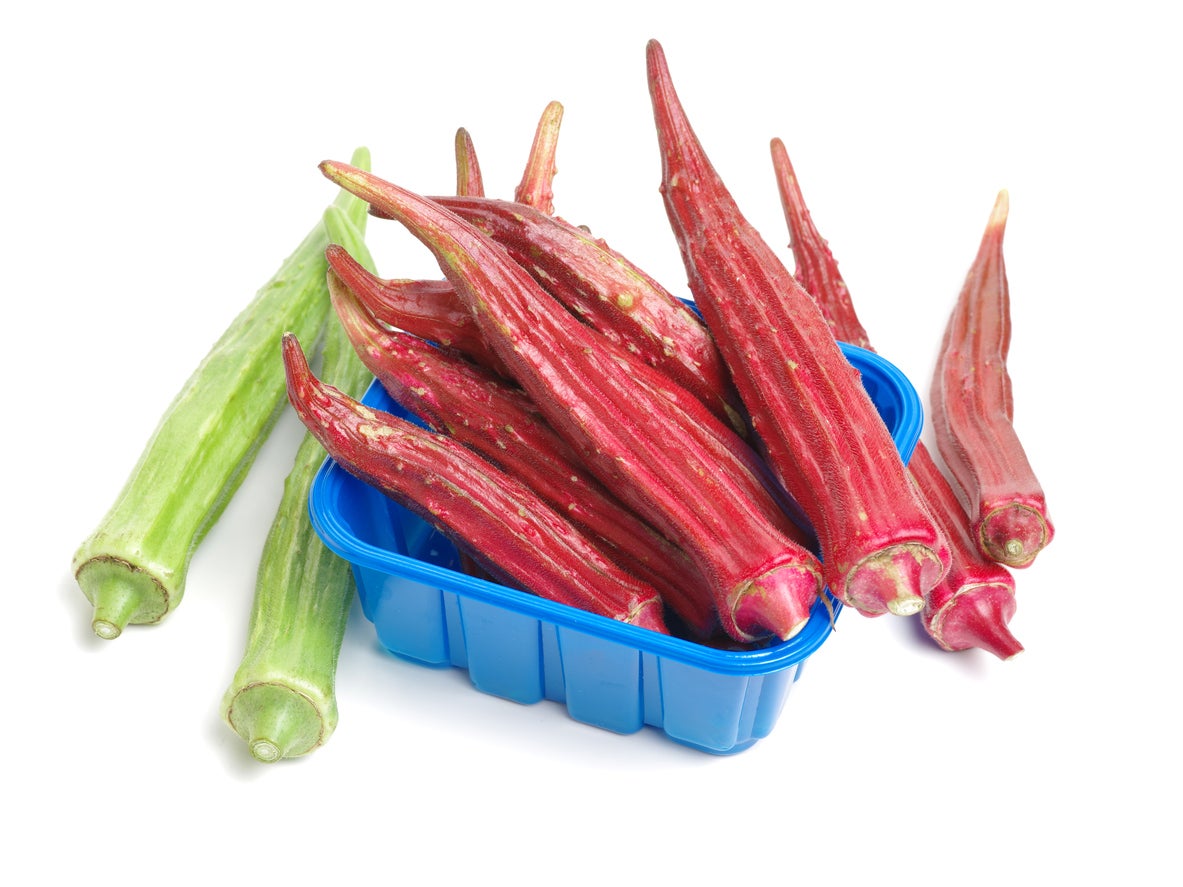 Okra Plant Varieties: Learn About Different Types Of Okra Plants
Okra Plant Varieties: Learn About Different Types Of Okra PlantsBy Teo Spengler
-
Okra Charcoal Rot Information: Learn About Treating Okra Charcoal Rot
Charcoal rot can be a devastating disease for a number of crops, causing rot in the roots and stems, inhibiting growth, and lowering yield. Charcoal rot of okra has the potential to wipe out that section of your garden and even infect other vegetables. Learn more here.
By Mary Ellen Ellis
-
Treating Blight On Okra Plants: Recognizing Southern Blight In Okra Crops
There are times when even the most ardent lover of okra is left with a bad taste in their mouth – and that is when there is blight on okra plants in the garden. Just what is okra southern blight and how do you treat okra with southern blight? Click here to find out.
By Shelley Pierce
-
Cotton Root Rot Of Okra: Managing Okra With Texas Root Rot
Cotton root rot of okra, is a nasty fungal disease that attacks many species of plants. The disease, which favors highly alkaline soils and hot summers, is limited to the Southwestern United States. Learn what you can do about okra with Texas root rot in this article.
By Mary H. Dyer
-
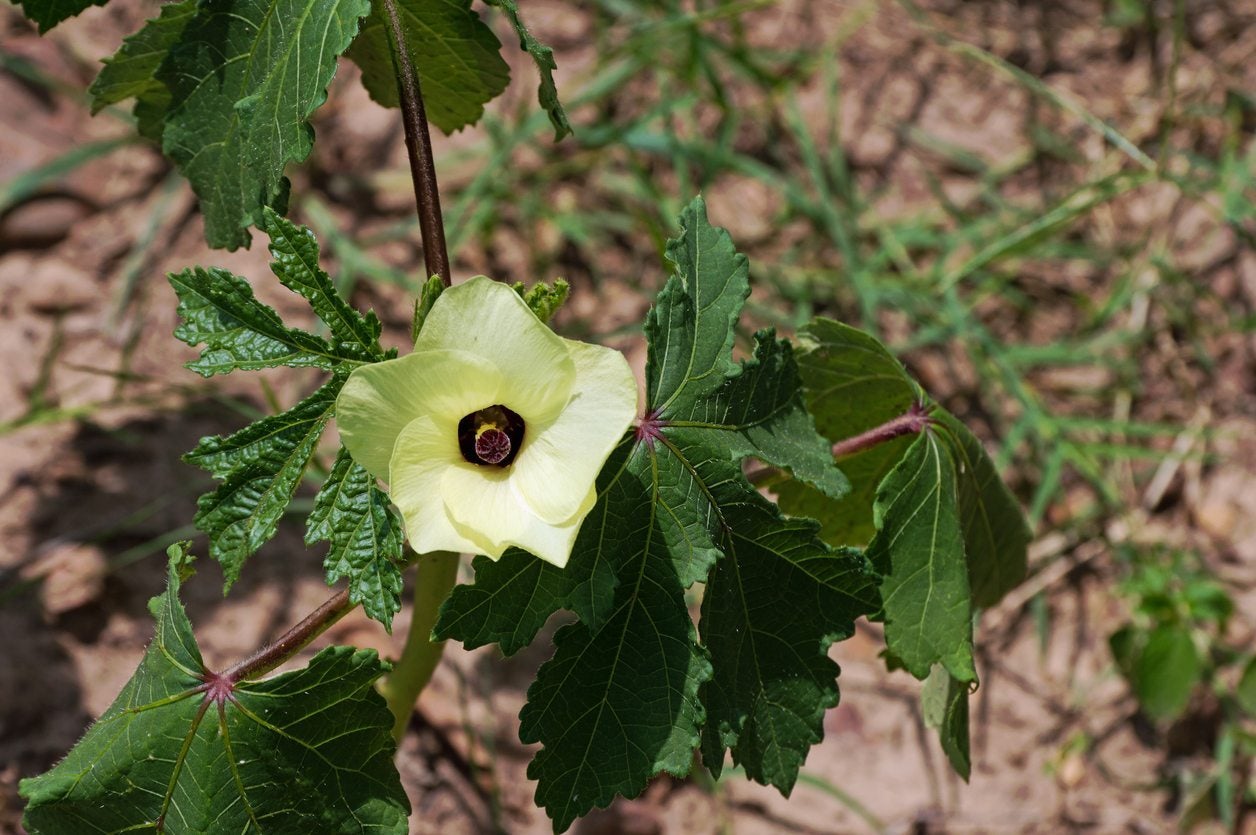 My Okra Flowers Are Falling Off: Reasons For Okra Blossom Drop
My Okra Flowers Are Falling Off: Reasons For Okra Blossom DropOkra is a beloved vegetable, partly because it can live and produce happily even in extreme heat. Because it's usually so reliable, it can be especially frustrating if your okra plant doesn't produce like it should. One such problem is okra blossom drop. Learn more here.
By Liz Baessler
-
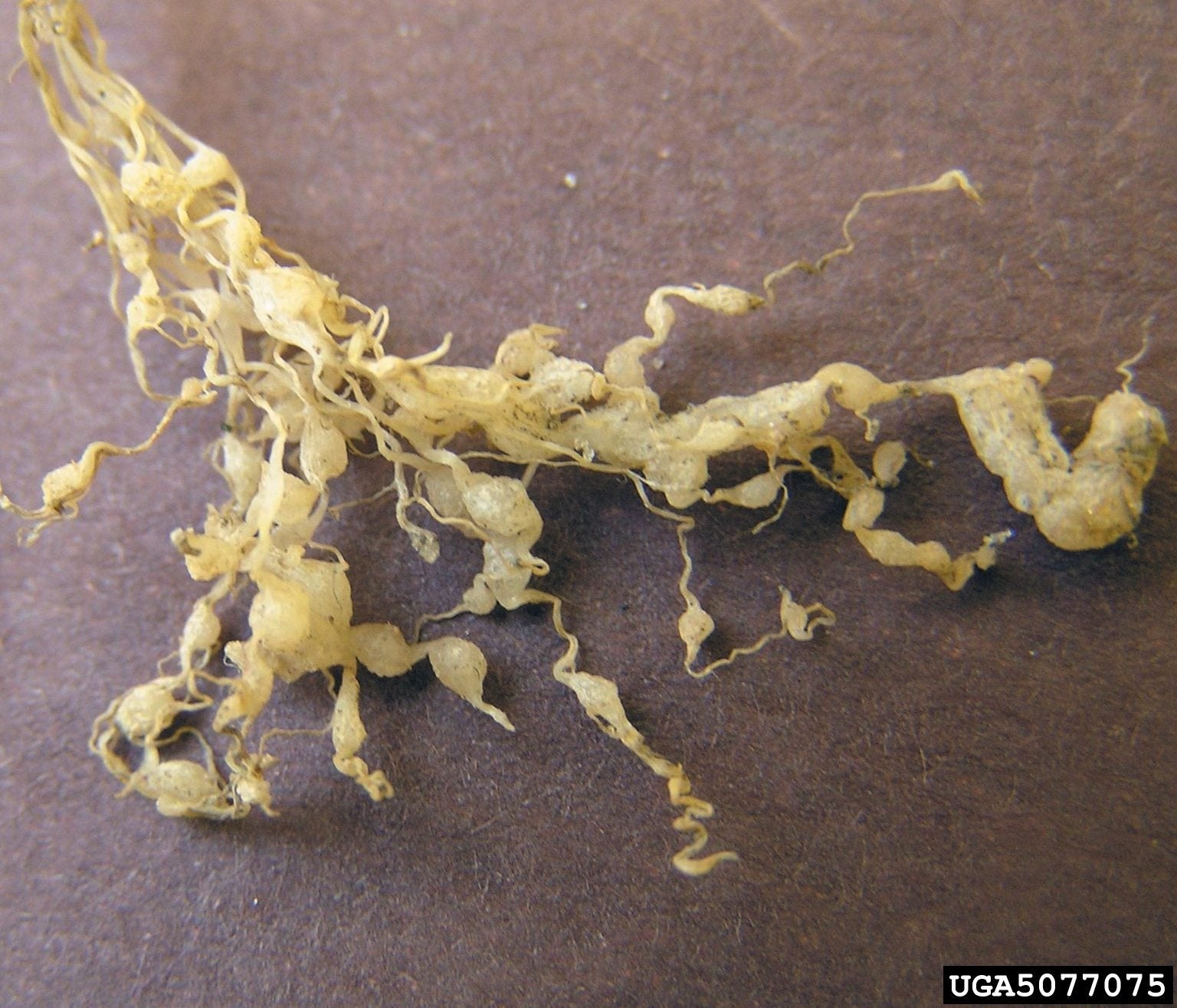 Nematode Okra Problems – Treating Okra With Root Knot Nematodes
Nematode Okra Problems – Treating Okra With Root Knot NematodesSouthern Americans are not the only ones who love their okra; okra root knot nematodes have a penchant for it as well. Okra with root knot nematodes can cause serious losses. How can root knot nematodes on okra be managed? This article can help with that.
By Amy Grant